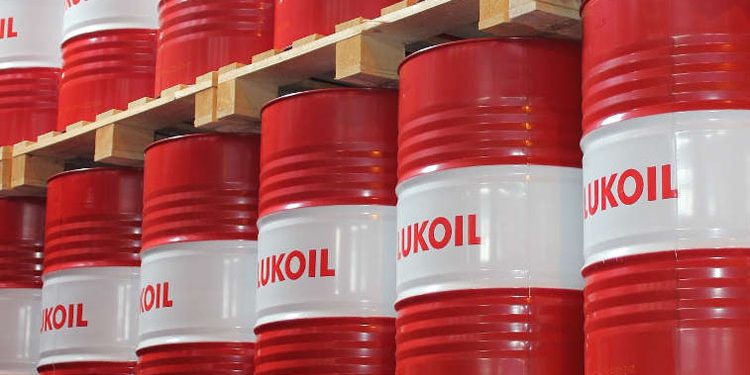LUKOIL: Completes Reserves Estimate as of the End of 2021
PJSC “LUKOIL” announced today the results of the reserves assessment and independent audit as of December 31, 2021.
According to the SEC classification, the Company’s proved hydrocarbon reserves totaled 15.3 billion barrels of oil equivalent. The Company’s proved hydrocarbon reserve life is 19 years. The share of liquids in proved reserves is 76%, the share of gas is 24%.
The proved reserves replacement ratio at the Company’s projects in Russia totaled 109% in 2021, including 109% for liquids and 108% for gas.
As a result of geological exploration and production drilling conducted in 2021, LUKOIL added 501 million barrels of oil equivalent to proved reserves, which is 8% higher year-on-year. The largest contribution was made by the assets in West Siberia, Ural region, Timan-Pechora, as well as in the Baltic and Caspian Seas. The conversion of contingent resources to reserves added 40 million barrels of oil equivalent to proved reserves. The reserves dynamics was negatively affected by reserves revision for the international projects which are based on production sharing agreements or service contracts due to an increase in annual average oil price.
LUKOIL Group’s Hydrocarbon Reserves
| As of December 31, 2021 | Liquids | Gas | Hydrocarbons |
|---|---|---|---|
| | million barrels | billion cubic feet | million barrels of oil equivalent |
| Proved reserves | 11,572 | 22,177 | 15,268 |
| including: | |||
| Developed | 7,778 | 9,570 | 9,373 |
| Undeveloped | 3,794 | 12,607 | 5,895 |
| Probable reserves | 4,544 | 9,080 | 6,057 |
| Possible reserves | 2,422 | 2,575 | 2,851 |
The independent audit of reserves was performed by Miller and Lents based on the commercial life-of-field approach. The conversion ratio from cubic feet to barrels: 1 barrel = 6,000 cubic feet.











